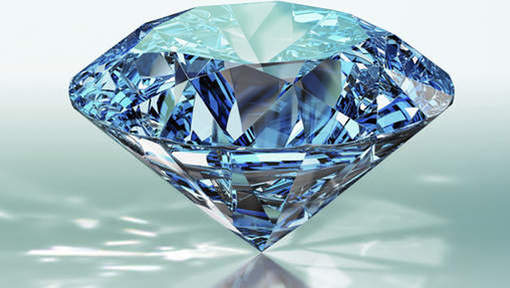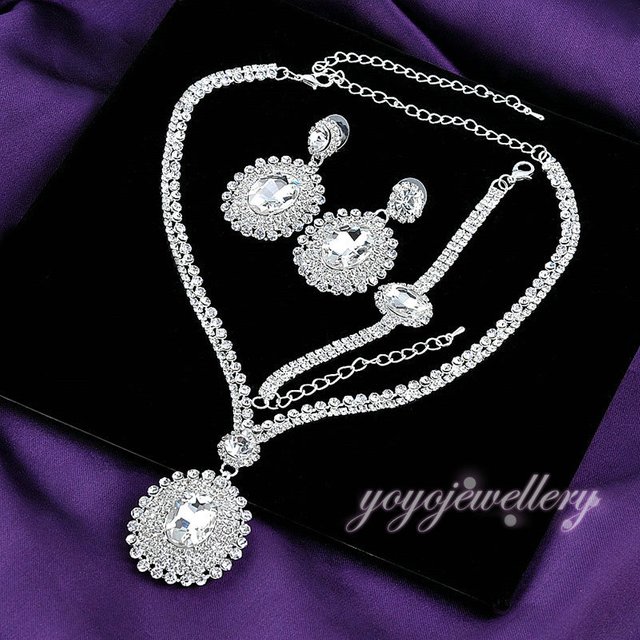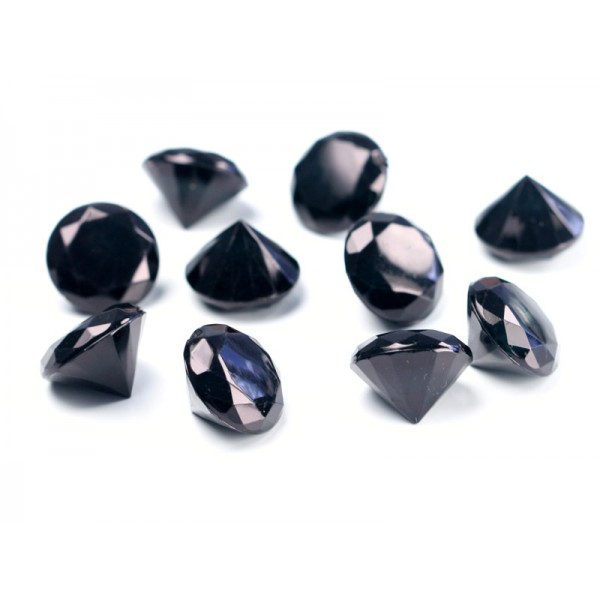USING DIAMOND

The diamond is pure carbon, like the graphite of the mines of our pencils, but it is crystallized. In the natural state, surrounded by its gangue, it resembles a pebble. It is found in the bed of certain rivers, or by digging mines in the chimneys filled with extinct volcanoes. It can also be manufactured. Its rarity makes its value.

The most renowned diamonds are colorless. In Kimberley, South Africa, the blue earth of the Great Hole, the world's richest mine, now exhausted, donated 3 tons of diamonds. The world consumes 80% of production for the industry.
Only the most transparent, clearest stones provide the pieces of jewelery. They are often split. The largest, the cullinan, 621 grams, gave 9 large cut stones and a hundred smaller ones. Depending on their structure, the clipper splits them to reveal their faces, the polisher gives them a perfect polish to allow the humblest ray of light to refract or reflection in a sheaf of joyful "fires".

The biggest diamond ( the Cullinan )
The diamond not only gives rise to prestigious jewelry but also has tools: it is the hardest of all bodies. In the industry, wrecked waist and artificial diamonds are produced in very small crystals under enormous pressures and also a natural diamond, the hardest of all, the "carbonado" which is black and opaque, its shards Become tools of glazier, teeth of saws, heads of perforators
.jpg)
The black diamond ( the carbonado )

The black diamond carved ( carbonado )